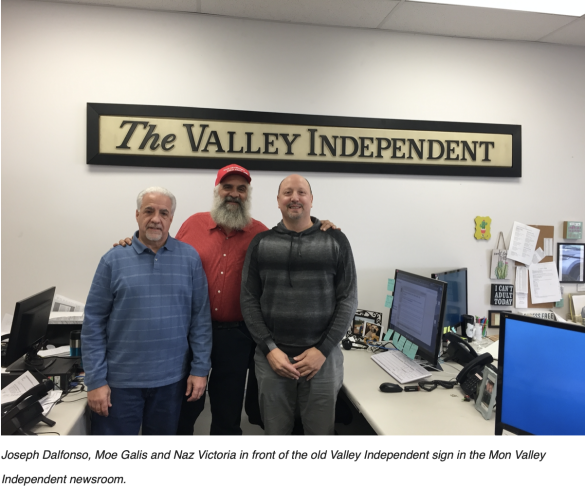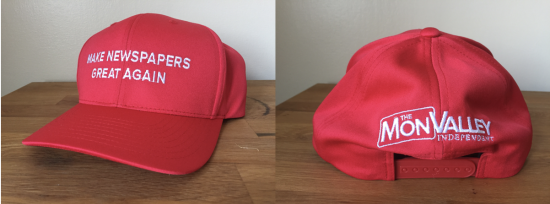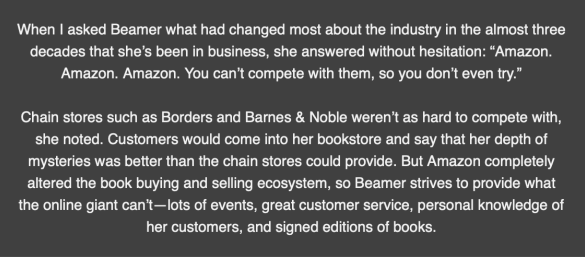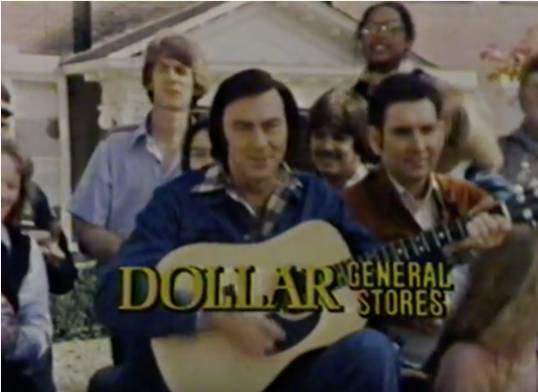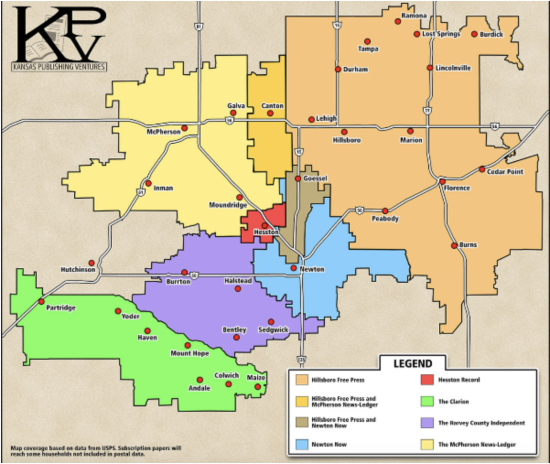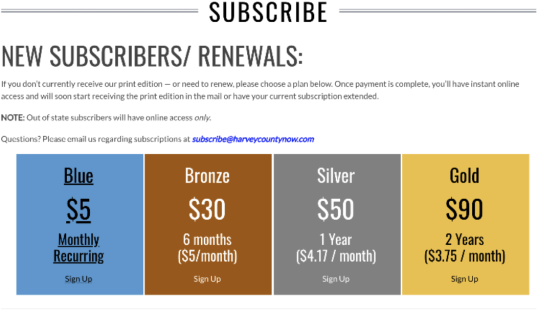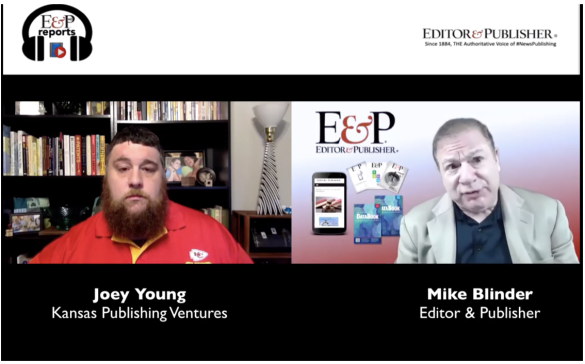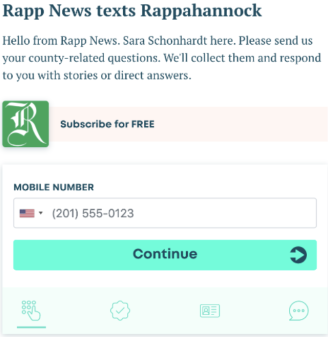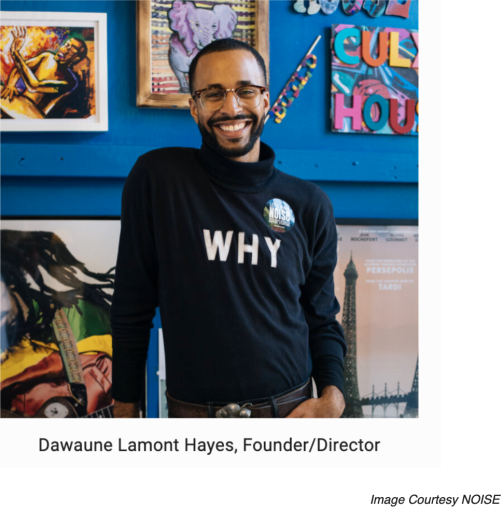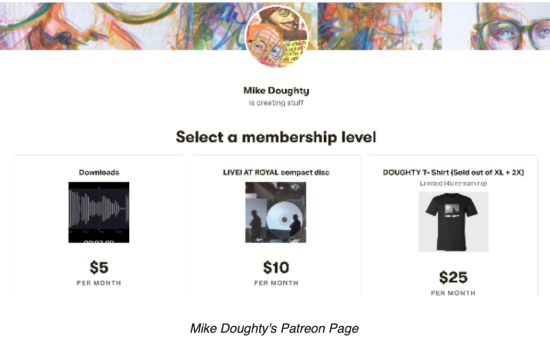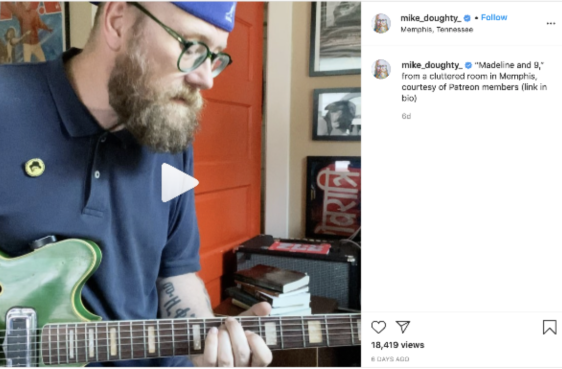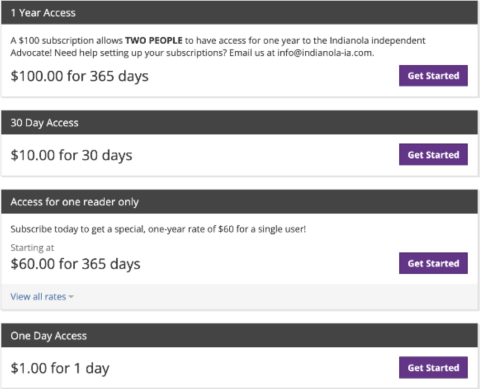Forty-five years later, I can’t find a reference to Jim Ed Brown on the Dollar General website, but I have no trouble finding a Dollar General. They are multiplying faster than rabbits, even building stores in unincorporated areas that are no more than rural crossroads. The business media reported recently (NBC News | CBS News) that Dollar General has been opening about 1,000 stores annually in recent years and plans to do so again in 2020.
The Missouri town of 14,000 where my wife and I retired has four Dollar Generals inside the city limits and two more along rural highways within our ZIP code. Three have been built in the past four years. All seem to be busy.
NewStart’s Jim Iovino raised the question of how the rapid growth of Dollar General has impacted rural newspapers and their communities. Do they advertise in local newspapers? Are they good community partners?
My own experience with Dollar General was positive. My wife and I owned a weekly newspaper in a Dollar General town from 2003 to 2007. Even though most of the store’s advertising circulars were mailed directly to every household, the Dollar General manager helped us get circulars to insert several times a year in the newspaper. She also allowed us to put a newspaper rack outside the store. When it was stolen, she let us replace it with an indoor rack. Instead of giving the store a commission for papers sold, we made a monthly donation of an equivalent amount to the Dollar General Literacy Foundation. The manager bragged about the arrangement to her bosses.
But in another community where we owned a weekly newspaper in the 1980s, a town of only 900 residents, the only supermarket has closed twice in recent years since the local Dollar General expanded its grocery line.
The economics of the newspaper industry have changed considerably since my wife and I sold our last weekly, which, coincidentally, has been the same period of Dollar General’s rapid growth. So I posed Jim’s questions to fellow members of the International Society of Weekly Newspaper Editors.
More than 20 editors and publishers responded, with the responses almost evenly split among those newspapers that get Dollar General business and those that don’t. Not surprisingly, those that see no dollars from Dollar General were negative, even bitter.
“They are a drain on the economy here,” the owner of a small weekly in South Dakota wrote. “None of their money recirculates like that of local mom-and-pop stores.”
A Texas publisher wrote: “We have several in our markets. They do not advertise, nor do they sell our newspapers. They simply suck money out of the local economy.”
The owner of a weekly in the Missouri Ozarks said he has a Family Dollar (a competing chain) as well as a Dollar General in his town of 2,000. “Both businesses are big vacuums in our community. They give nothing back.”
A Kansas publisher agreed: “Dollar General does almost nothing to support their communities, and I’m trying to give them the benefit of the doubt.”
The manager of a Minnesota weekly blamed Dollar General for the loss of the town’s hardware store, “and the grocery store and drug store are not far behind.”
In September, Dollar General opened its 16,000th store (this one was in Panama City, Florida). In a press release on its website, company CEO Todd Vasos said:
“From our first store in rural Kentucky to today’s 16,000th store in Panama City, our commitment to serve the communities we call home has never wavered. From small towns to metropolitan city centers and every community in between, Dollar General is proud to create positive economic impact and local career opportunities as we provide customers with everyday value and convenience.”
The news editor of one of Kentucky’s biggest weeklies remembered how many local grocery stores closed when Walmart began building “supercenters” with grocery departments about 20 years ago. “The Dollar General stores, which are seemingly everywhere in (his county), are probably much more of a direct danger to the local mom-and-pop convenient stores.”
The owner of another South Dakota weekly sees one benefit of Dollar General to his community even if he doesn’t get its advertising: “I will say that people are shopping locally at Dollar General instead of going to Aberdeen to Walmart.”
In cases like that one — a rural town big enough to support a newspaper but not a Walmart — a local Dollar General can reduce the outflow of shopping dollars to a bigger community that has a Walmart. The sales-tax revenue generated by the Dollar General can benefit local government even if the newspaper doesn’t benefit directly. But, as one South Dakota publisher put it, “I only consider their tax dollars our community gains from them as a perk, as the extent of their ‘community partnership’ is zilch.”
The newspapers that benefit directly from Dollar General understandably responded more positively.
The news editor of another Kentucky weekly wrote that her county, with a 14,000 population, has two Family Dollars and four Dollar Generals. “Both run inserts in our paper frequently. After pestering them for a good while, our publisher finally talked the DGs into selling our papers.”
The co-publisher of a family-owned newspaper group in Georgia responded that Dollar General has a couple dozen stores in his markets. “They frequently run inserts and are one of our top advertisers in gross dollars,” he wrote.
The retired publisher of another group of Georgia weeklies noted that Dollar General’s “rise to a significant retail powerhouse across many states seemed – to me at least – to coincide with their increased presence as a regular customer with their inserts. We all know that isn’t a high profit margin for us, but I believe they ought to have a great story to tell on what community newspaper ads can do for a company.”
He noted that Dollar General “single-handedly brought the price of milk down in our market by roughly $2 per gallon. I went from never darkening their door to visiting three or more times every week. And they sell our newspapers pretty well, too.”
The owner of a Kansas weekly said he sells “quite a few papers in Dollar General, but I’ve never tried to get inserts and don’t think I will while we still have a locally owned grocery store as our No. 1 advertiser.” Business at the grocery jumped when the Dollar General was closed three days for remodeling, he added.
But Dollar General’s impact on local retailers in a South Carolina community has been limited, the local publisher wrote. Dollar General does not advertise in his publications, but the stores in his market have been selling the newspapers for years. “We worked with them to get their managers to display the papers where consumers would see them,” he said.
The editor of a weekly in a Kentucky town of 5,800 said Dollar General has been “a strong advertising partner” with his newspaper. “I have found it interesting how DG chooses to place their stores, relying heavily on U.S. Census data and placing those stores where folks will have to drive five miles or more to get to retail services.”
I checked with the publisher of our local newspaper, a former daily that has found new success since converting to twice weekly two years ago. The Record and its two sister weeklies all receive Dollar General inserts. “They seem to be about as important to our readers as the grocery inserts,” she wrote.
“Dollar General stores are also single-copy sales locations – and they do quite well. Most of the stores allow us to have our newspapers right at the register.”
Ironically, our local paper is located in an historic downtown building that at one time housed the city’s only Dollar General.
—
Gary Sosniecki of Lebanon, Missouri, is retired from a 43-year career that included owning three weeklies with his wife Helen, publishing a small-town daily and selling digital products to the newspaper industry. He may be reached at [email protected].

